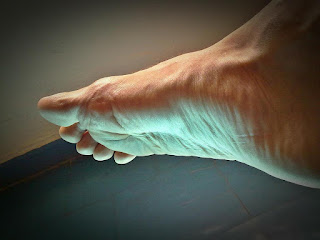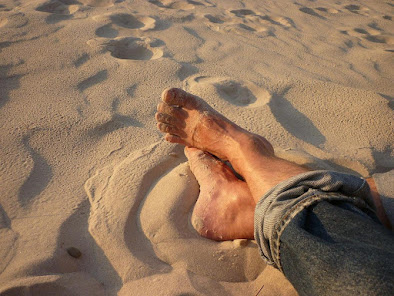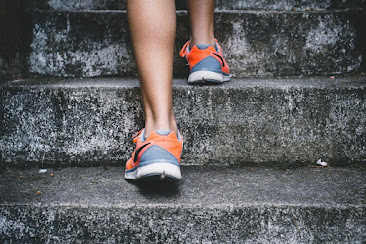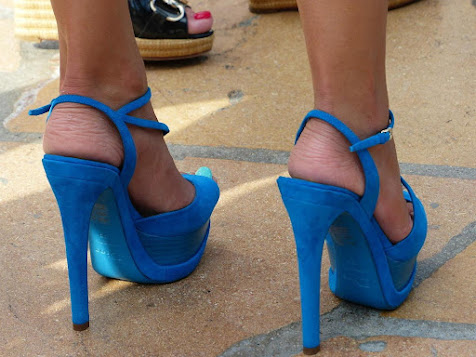Is your big toe stiff and painful? | Dakota Foot & Ankle Clinic

You may have a disorder called Hallux Rigidus. Hallux is referring to the big toe and rigidus means the toe is stiff and unable to move. Hallux Rigidus is a form of degenerative arthritis and occurs when there is a wearing out of the cartilage in between the toe joint. It is also a progressive condition. This means that the motion of the toe may decrease over time. During the beginning stages of the disorder it may be called Hallux Limitus because the motion is only slightly limited. As time goes on motion will decrease and the toe will become very stiff and may be called a “frozen joint.” There are other problems that may occur as the toe becomes stiff. Some of the early signs/symptoms are: · There may be some swelling along the toe joint. · You might have difficulty during certain activities. · Your big toe is stiff and painful when trying to use it. · The pain and stiffness is aggravated by cold, damp weather. As the disorder gets worse these symptoms may occur: · Your toe may be pa




